Camphor Tree
- November 16, 2023
- 0 comment
The Camphor Tree, scientifically known as Cinnamomum camphora, is a versatile and aromatic evergreen tree that holds cultural, medicinal, and economic significance. Native to East Asia, particularly in China, Japan, and Taiwan, this majestic tree has been cultivated and embraced worldwide for its distinctive features.
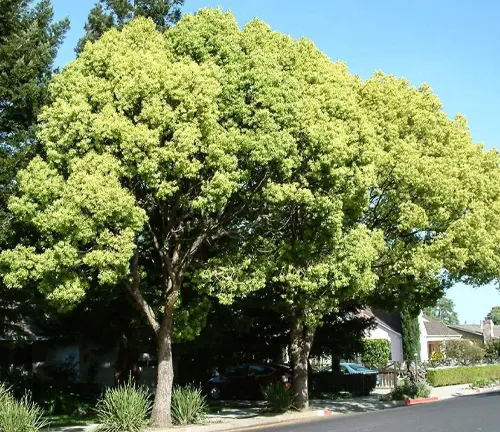
The glossy, leathery leaves emit a characteristic camphor scent when crushed, contributing to its popularity in traditional medicine and aromatherapy. The tree’s wood, rich in essential oils, is the primary source of camphor, a substance with various applications, ranging from pharmaceuticals and cosmetics to insect repellents. In addition to its economic importance, the Camphor Tree often graces parks and gardens, providing shade and ornamental beauty.
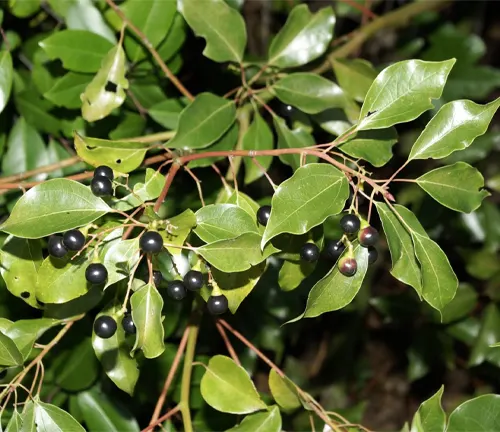
Despite its resilience and adaptability, the Camphor Tree has faced ecological challenges as an invasive species in some regions. As a result, efforts are underway to manage its growth and impact on local ecosystems. Overall, the Camphor Tree stands as a testament to the intersection of nature, culture, and commerce, weaving a tapestry of uses that extend beyond its striking appearance.
| Characteristic | Description |
|---|---|
| Scientific Name | Cinnamomum camphora |
| Common Names | Camphor Tree, Camphorwood, Camphor Laurel |
| Native Region | East Asia (China, Japan, Taiwan) |
| Type | Evergreen tree |
| Height | Up to 30 meters (98 feet) |
| Leaves | Glossy, leathery, aromatic; emit camphor scent |
| Bark | Smooth, grayish-brown |
| Flowers | Small, greenish-white, clustered |
| Fruit | Berry-like, black when mature |
| Uses | Source of camphor; traditional medicine; ornamental |
| Economic Importance | Camphor extraction for pharmaceuticals and cosmetics |
| Ecological Impact | Considered invasive in some regions |
| Environmental Concerns | Efforts to manage its impact on local ecosystems |
| Cultural Significance | Integral part of traditional practices and folklore |
| Other Names | Kapoor Tree (in India), Hon-Sho (in Japan) |
Botanical Beauty of the Camphor Tree
The Camphor Tree, scientifically known as Cinnamomum camphora, stands as a botanical marvel with its exquisite features and undeniable allure. Native to East Asia, particularly China, Japan, and Taiwan, this evergreen specimen graces landscapes with its glossy, leathery leaves that emit a distinctive camphor fragrance when gently crushed. The tree’s elegant stature, reaching heights of up to 30 meters, adds a touch of natural grandeur to any environment. Its smooth, grayish-brown bark and small, greenish-white flowers further contribute to the aesthetic appeal, making the Camphor Tree a captivating botanical beauty.
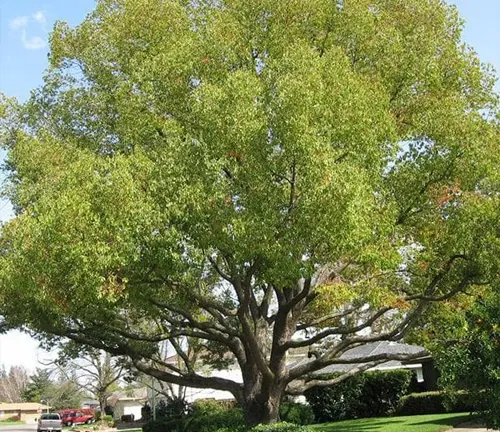
Woodland Elegance
Beyond its aesthetic charm, the Camphor Tree exudes a sense of woodland elegance, seamlessly blending into both urban and rural landscapes. Its versatile nature makes it a popular choice for parks and gardens, where its graceful branches provide shade and its evergreen foliage imparts a year-round vibrancy. The tree’s adaptability ensures it can thrive in various climates, enhancing its appeal as an elegant addition to diverse ecosystems.
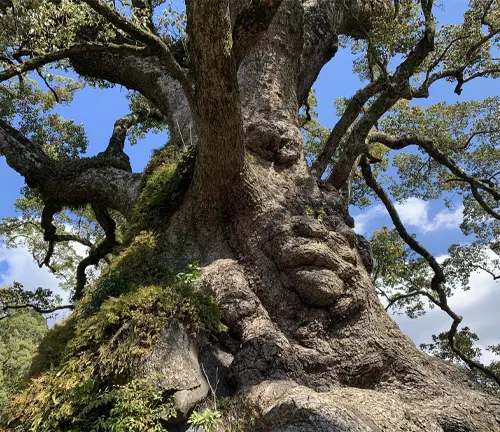
Ecological Importance
While celebrated for its beauty, the Camphor Tree carries ecological importance, albeit with a caveat. In some regions, it has been identified as an invasive species, challenging the balance of local ecosystems. Efforts are underway to understand and manage its impact, highlighting the need for thoughtful ecological considerations when introducing non-native species.
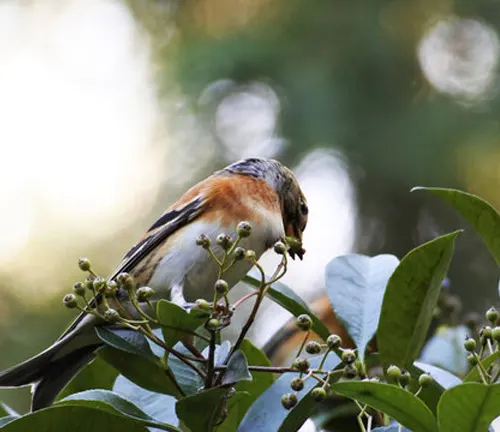
Cultivation and Conservation
Cultivating the Camphor Tree requires a delicate balance between harnessing its economic benefits and mitigating its potential environmental impact. Conservation initiatives aim to strike this balance, promoting sustainable practices and responsible cultivation to ensure the tree’s longevity without compromising the health of ecosystems.
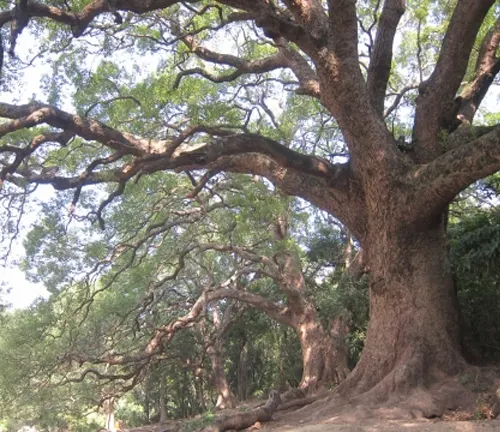
Fragrance
One of the Camphor Tree’s most enchanting features is its fragrance. The leaves, rich in essential oils, release a distinct camphor scent when touched or crushed. This aromatic quality has not only contributed to the tree’s popularity in traditional medicine but has also found its way into the realms of aromatherapy and perfumery.
Soil Stabilization
Beyond its aromatic allure, the Camphor Tree plays a crucial role in soil stabilization. Its extensive root system helps prevent soil erosion, making it a valuable asset in regions prone to landslides and soil degradation. This unsung ecological service adds another layer of significance to the tree’s contribution to the environment.
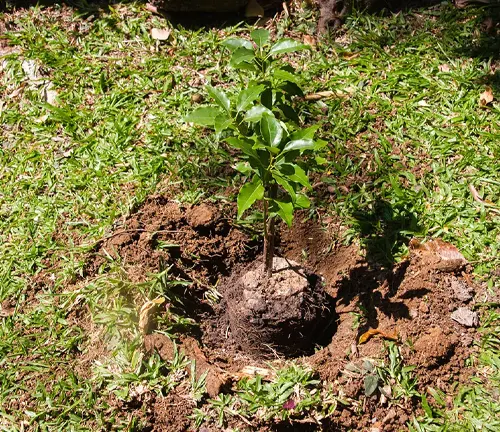
Common Uses
The economic importance of the Camphor Tree lies in the extraction of camphor from its wood. Camphor has a myriad of applications, from pharmaceuticals and cosmetics to insect repellents. This versatile resource has been utilized for centuries, showcasing the tree’s practical value beyond its visual appeal.
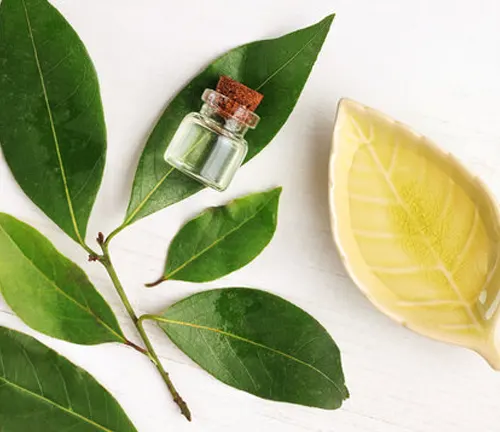
Benefits
In addition to its economic and ecological benefits, the Camphor Tree holds cultural significance in traditional practices and folklore. Its role in traditional medicine, coupled with its use in religious ceremonies, reflects the deep-rooted connection between nature and human culture. Embracing the Camphor Tree goes beyond appreciating its surface beauty; it involves understanding and harnessing its multifaceted benefits for a harmonious coexistence with nature.
Different Species
Cinnamomum camphora
Also known as the Common Camphor Tree, it is the primary source of camphor and is native to East Asia, including China, Japan, and Taiwan. This species has been widely cultivated in other regions for its economic and ornamental value.
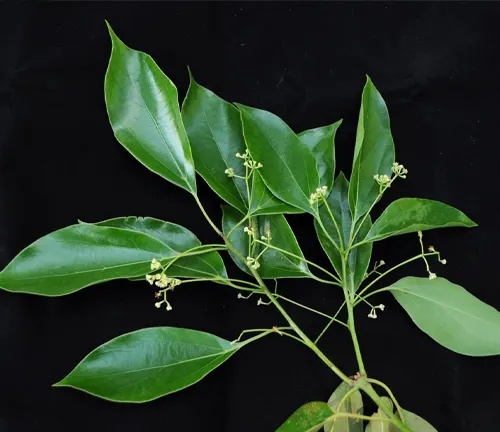
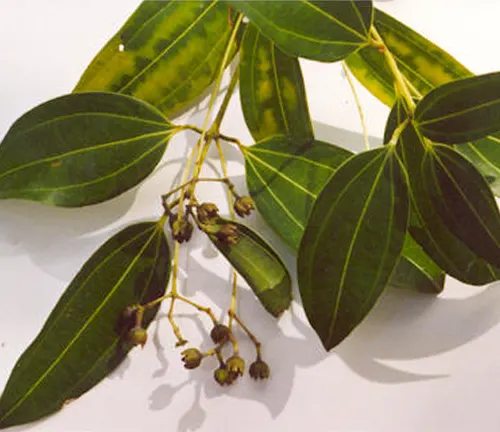
Cinnamomum verum
Commonly known as True Cinnamon or Ceylon Cinnamon, this tree is native to Sri Lanka. While not the primary source of camphor, it is closely related to the camphor tree species and is known for producing cinnamon bark, which is used as a spice.
Cinnamomum parthenoxylon
Also called Yellow Camphorwood, this tree is native to Southeast Asia. It is valued for its durable and aromatic wood, which is often used in furniture making and for carvings.
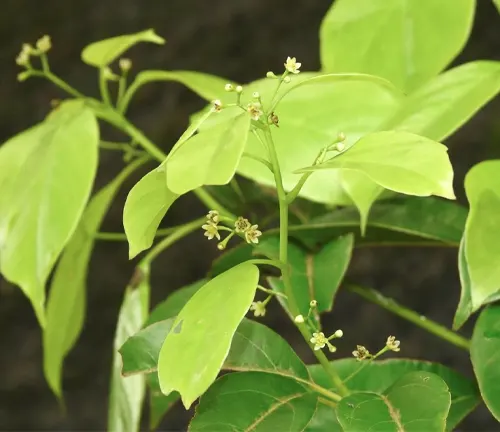

Dryobalanops camphora
Known as Borneo Camphor, it is native to Southeast Asia, particularly Borneo. This species is a source of a different type of camphor and is used in traditional medicine and as an aromatic substance.
Cinnamomum kanehirae
Commonly known as Taiwan Camphor or Formosan Camphor, it is native to Taiwan. This species is similar to Cinnamomum camphora and is cultivated for its wood and essential oils.
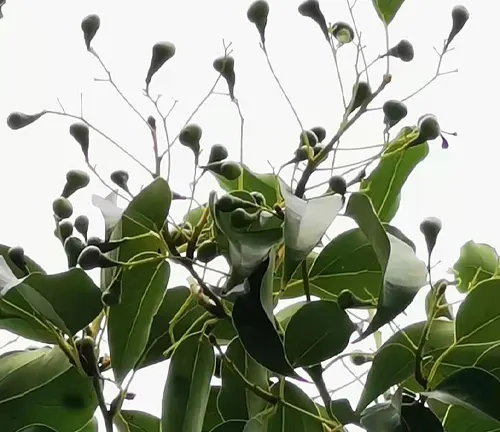
Frequently Asked Questions (FAQs)
- What is a Camphor Tree?
The Camphor Tree refers to several species of evergreen trees belonging to the genus Cinnamomum. It is known for its aromatic leaves and the extraction of camphor from its wood. - Where is the Camphor Tree found?
The Camphor Tree is native to East Asia, including countries like China, Japan, and Taiwan. However, it has been cultivated and introduced to various regions worldwide. - What does the Camphor Tree look like?
The tree typically has glossy, leathery leaves that emit a characteristic camphor scent when crushed. It has a smooth, grayish-brown bark and small, greenish-white flowers. - What is the significance of the Camphor Tree in traditional medicine?
The Camphor Tree has a long history of use in traditional medicine, where its leaves and extracted camphor are employed for various therapeutic purposes, including treating respiratory issues and skin conditions. - How is camphor extracted from the Camphor Tree?
Camphor is extracted from the wood of the Camphor Tree through a distillation process. The wood is chipped or powdered, and the essential oil containing camphor is separated through distillation. - Is the Camphor Tree invasive?
In some regions, the Camphor Tree is considered invasive, as it can outcompete native vegetation and disrupt local ecosystems. Efforts are made to manage its growth and ecological impact. - What are the common uses of Camphor derived from the tree?
Camphor extracted from the tree is used in various products, including pharmaceuticals, cosmetics, insect repellents, and traditional ointments. It has antimicrobial and anti-inflammatory properties. - Can the Camphor Tree be grown in different climates?
Yes, the Camphor Tree is known for its adaptability and can thrive in various climates. It is often cultivated for its ornamental value and economic benefits. - How does the Camphor Tree contribute to soil stabilization?
The extensive root system of the Camphor Tree helps prevent soil erosion, making it valuable in regions prone to landslides and soil degradation. - Is there a difference between various species of Camphor Trees?
Yes, there are different species of trees commonly referred to as Camphor Trees, such as Cinnamomum camphora, Cinnamomum verum, and others. Each species may have unique characteristics and uses.


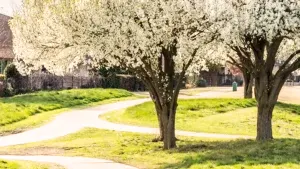
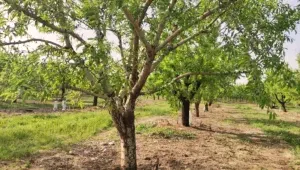

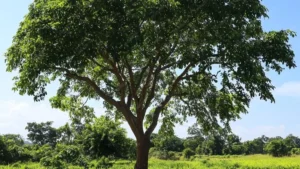
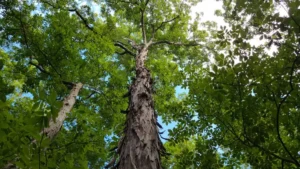
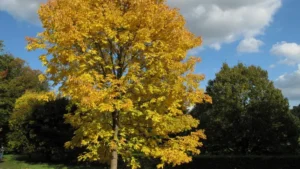
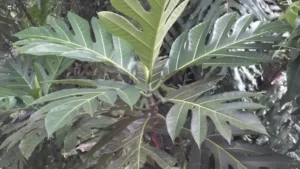



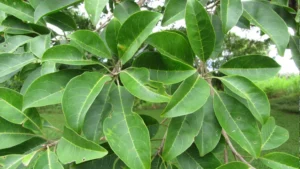
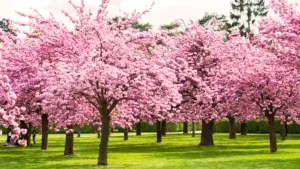
Leave your comment